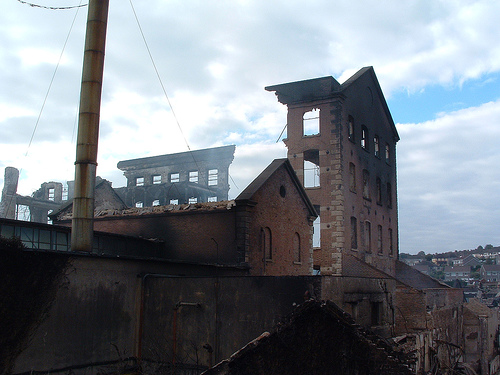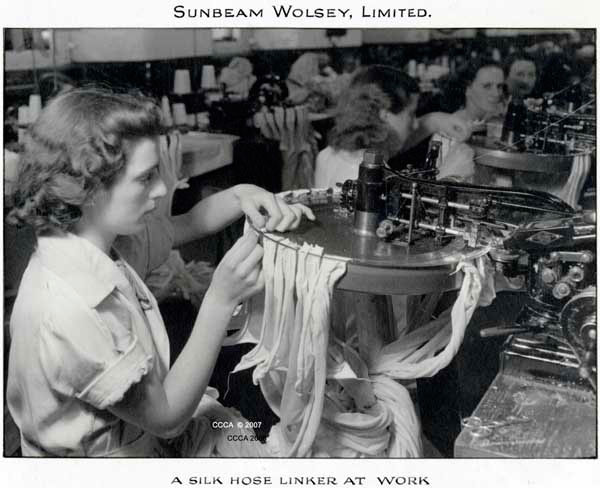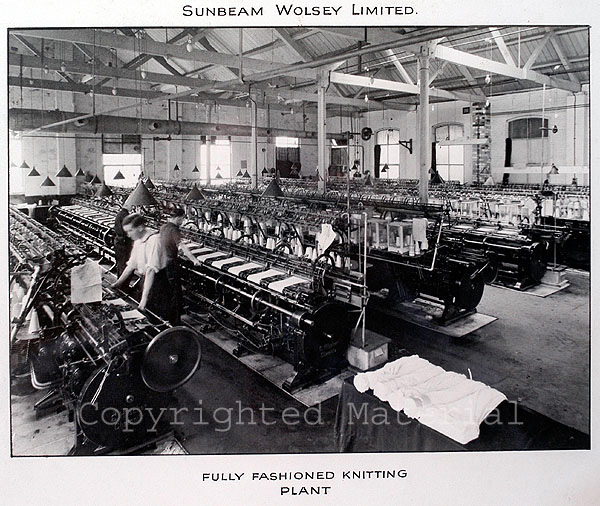North Blackpool Draft Local Area Plan
Lord Mayor,
At the outset, I’d like to thank the planning unit for their work on this document.
I would also like to compliment the North Central ward councillors for their active pursuit to get two local area plans for their central core area. And I look forward to the first draft of the Mahon Local Area Plan.
Lord Mayor, I stand here now after three local area plans have gone through this council’s hands in the last 18 months. They have all varied in their design and I would argue in their approaches as well. The document before us has a very different style than the south Blackpool local area plan- from perspectives on the urban landscape to even the maps that were produced. I don’t think we’re getting a standard delivery of quality with regard to our local area plans.
I’m a big fan of the North Blackpool area especially from a historical perspective. From the train, I love the sweeping view of the City from Kilbarry and admiring how the houses were engineered into the steep hill of Farranree or Spangle Hill itself.
I remember in 2003 going out to Sunbeam and witnessing the building burning down and speaking with older people in the area as they looked on and how strong their respect for that place was. I remember afterwards going away and doing some research on the place.

The main building, a five storey brick building, which was the first to be demolished after the fire was constructed between 1864 and 1866 and was the brainchild of William Shaw. Designed by Belfast architects, Boyd and Platt, it was the first industrial linen yarn-spinning mill outside of Ulster.
The Millfield Mill was operated by the Cork Spinning and Weaving Company whose directors chose the site outside the city’s municipal boundary. This was due to the fact, the company would not have to pay rates to Cork Corporation.
By the beginning of the twentieth century, the mill was one of the most important flax spinning mills outside of Ulster. As a symbol of local enterprise, the mill was also operating looms for weaving and by 1920 was employing upwards on 1,000 people.
The year 1924 marked the closure of the Cork Butter market adjacent Shandon and the opening of a knitwear factory on the site by William Dwyer. In 1928, William Dwyer transferred his factory from Shandon to the Millfield textile factory Blackpool in order to expand his business.
In the 1930s, Dwyer transferred his factory from Shandon to the Millfield textile factory Blackpool in order to expand his business. Three decades later, the Dwyer factory in the 1960s, the factory was witnessing much success and employed 1,100 people. It also attracted other smaller firms to the complex and was one of the city’s largest employers. The “House of Dwyer” also operated the Lee Hosiery Factory, Lee Shirt Factory and Lee Clothing Factory.
In the mid 1970s,the Millfield Factory was sold to UK firm, Courtaulds. Subsequently, in the 1980s, the factory employed over 3.500 people and in the early 1990s was taken over by Sunbeam Industries Limited, based in Westport. In 1995, Sunbeam Knitwear closed and the site became home to many local enterprises.
Talking to the people who watched the complex burn down, the Sunbeam complex had not only been a part of the twenty first century city but stood as a symbol of the city’s economic and social development, which many, many Corkonians are proud to be associated with. It was sadly missed and memories of it are still evoked. And I have no doubt if I said the word Sunbeam and asked some of the older members here to discuss; you’d talk on… a place where friendships were formed, romances kindled and the long hours of hard work.
But thinking of all that nostalgic energy and then looking at the plan – there is a disconnection in how planners think about placemaking; Indeed there is no mention of Sunbeam or really any other iconic historic sites in the area.
In fact we now more or less have two plans for Blackpool, a place dripping in stories, memories, nostalgia and no plan to use any of it in creating or injecting the future of Blackpool with an identity.
In fact, l would like to observe especially in this plan that this plan is lacking imagination in how we can really inspire and create public spaces of meaning; When I was thinking of Sunbeam I was thinking, wouldn’t it be great to have a sunbeam square where once more friendships and dates could start from.
The two plans of Blackpool back to back, I feel are indirectly creating identityless places, a sense of placelessness, souless places, which you can see anywhere in the world
Indeed with the two plans back to back there is no strategy to harness the energy of the area’s history and memories that make up the sense of place in Blackpool and why people living in that area and from that area are so, so proud of their roots and their identity.
Where this plan does go some way in making the connection better between spaces within the area together, this draft plan I feel lacks a certain quality that plugs into this areas uniqueness – the draft plan does lack depth and imagination in how public space and heritage could go hand in hand.

